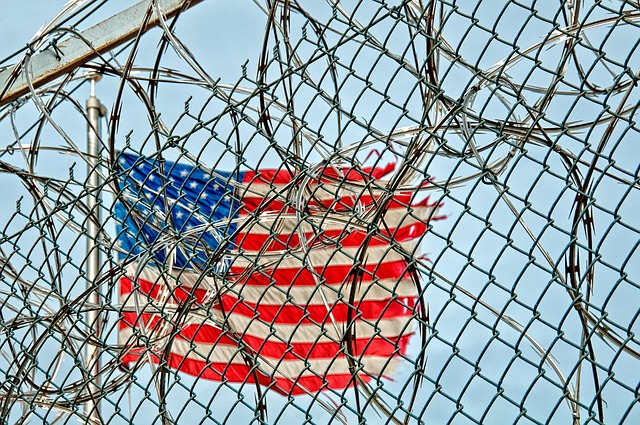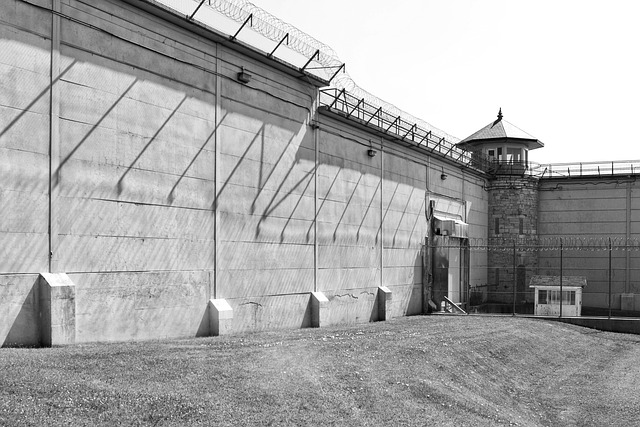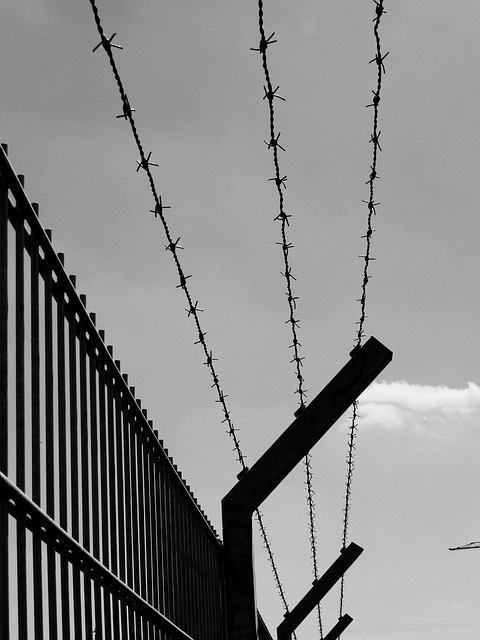Rural and urban areas face contrasting challenges in DUI (drunk driving) enforcement due to Privacy Concerns in DUI Enforcement. Rural regions, with lower population densities, allow broader police discretion for proactive strategies like sobriety checkpoints, but this fosters distrust. Urban areas struggle to balance public safety with privacy rights, relying on witness reports and technology like drones and license plate readers, sparking debates over individual liberties. While urban centers benefit from advanced tools and robust law enforcement, rural communities often resort to invasive tactics due to limited resources, further complicating the balance between public safety and individual privacy rights in DUI enforcement.
In the realm of DUI enforcement, stark contrasts exist between rural and urban environments. While urban areas benefit from enhanced resources and advanced technology, rural regions face unique challenges, including limited access to law enforcement and stringent privacy concerns. This article delves into the key differences between rural and urban DUI laws, exploring how these disparities impact enforcement strategies and contribute to potential unfairness in the justice system. By examining real-world case studies, we aim to highlight the importance of consistent and fair DUI enforcement across all regions, addressing critical privacy implications.
- Understanding Rural and Urban DUI Laws: Key Differences
- Privacy Implications in Rural Areas: Unique Challenges
- Enforcement Strategies in Urban Environments: More Resources or Overreach?
- Case Studies: Examining Real-World Disparities
- Towards Fair and Consistent DUI Enforcement Across Regions
Understanding Rural and Urban DUI Laws: Key Differences

In the realm of DUI (Driving Under the Influence) laws, rural and urban areas often find themselves on different legal landscapes. Privacy concerns in DUI enforcement play a significant role in this disparity. In remote, rural settings, law enforcement agencies may have broader discretion when it comes to setting up sobriety checkpoints and using surveillance techniques due to reduced population density and less dense traffic patterns. This can result in more proactive enforcement strategies aimed at deterring DUI incidents.
Conversely, urban areas grapple with the delicate balance between public safety and individual privacy rights. High population densities and heavy traffic volumes make it challenging for law enforcement to conduct routine sobriety checkpoints without invoking significant privacy concerns. As a result, urban DUI laws often rely more heavily on witness reports, tip-offs, and other indirect evidence while still aiming to effectively combat drunk driving.
Privacy Implications in Rural Areas: Unique Challenges

In rural areas, privacy implications during DUI enforcement face unique challenges due to lower population densities and more expansive, open landscapes. Officers often have broader visibility when patrolling, increasing the potential for citizens to feel monitored or even invaded in their personal spaces. This can lead to a heightened sense of distrust towards law enforcement and create barriers to community cooperation during investigations.
Moreover, privacy concerns are exacerbated by the lack of immediate witnesses and dense surveillance networks typical in urban settings. Rural communities often rely on word-of-mouth and informal networks for information sharing, which can make it harder to verify evidence and maintain transparency in DUI cases. As a result, law enforcement must navigate these sensitive dynamics while still ensuring effective and fair DUI enforcement practices.
Enforcement Strategies in Urban Environments: More Resources or Overreach?

In urban environments, DUI enforcement strategies often involve a combination of high-tech surveillance and foot patrols. This approach leverages advanced technology like police drones, license plate readers, and breathalyzer devices to target and catch drunk drivers. While these resources can significantly enhance detection rates, they also raise privacy concerns. Continuous monitoring and data collection can lead to a feeling of overreach by law enforcement, especially in densely populated areas where individual freedoms are closely scrutinized.
The availability of extensive resources allows urban police departments to implement aggressive DUI campaigns, such as saturation patrols and Sobriety Checkpoints. However, critics argue that these strategies may infringe on the privacy of innocent citizens, creating a sense of constant surveillance. Balancing public safety with privacy rights remains a delicate task, particularly in urban settings where the line between proactive enforcement and over-policing can be easily blurred.
Case Studies: Examining Real-World Disparities

In the realm of DUI (Driving Under the Influence) enforcement, rural and urban areas exhibit stark disparities that warrant examination through case studies. Urban centers often boast more extensive resources for law enforcement agencies, facilitating stringent DUI checks with advanced technology. Conversely, rural communities typically struggle with limited budgets and fewer officers, leading to less frequent but potentially deadlier DUI patrols. This dichotomy raises significant privacy concerns in DUI enforcement, as under-resourced rural areas may resort to broader surveillance methods to compensate for scarcity of personnel.
Case studies from across the nation highlight these disparities. For instance, in rural Texas, where alcohol-related traffic fatalities are disproportionately high, local sheriffs have reported using helicopter patrols and roadside checkpoints more frequently than their urban counterparts. While these measures enhance safety by deterring intoxicated driving, they also spark debates about privacy rights, as residents may feel constantly monitored without the robust protections available in more densely populated regions.
Towards Fair and Consistent DUI Enforcement Across Regions

Enforcing DUI (Driving Under the Influence) laws consistently and fairly across both rural and urban areas is a significant challenge, particularly when it comes to balancing public safety with privacy concerns in DUI enforcement. Rural communities often face unique challenges, such as lower population densities, longer response times for law enforcement, and limited access to resources. This can make it difficult for officers to conduct proactive patrols and set up sobriety checkpoints, which are common strategies in urban areas. On the other hand, urban regions grapple with higher traffic volumes, dense populations, and a variety of other factors that complicate DUI enforcement.
To bridge this gap, many states have implemented innovative strategies. For instance, technology can play a pivotal role by enabling remote breath testing and data analytics to predict high-risk areas. Additionally, educating the public about responsible drinking and promoting alternative transportation options can help reduce incidents of DUI without infringing on privacy rights. Striking a balance between these measures is essential to ensure that all citizens are protected while their constitutional privacy rights remain intact.
The disparities between rural and urban DUI laws highlight critical privacy concerns within DUI enforcement. While urban areas benefit from enhanced resources, rural regions face unique challenges regarding privacy implications. Addressing these differences is essential to ensure fair and consistent application of DUI laws nationwide. By examining case studies and adopting tailored strategies, it’s possible to strike a balance between effective enforcement and respecting individual privacy rights, ultimately fostering safer communities across all landscapes.






